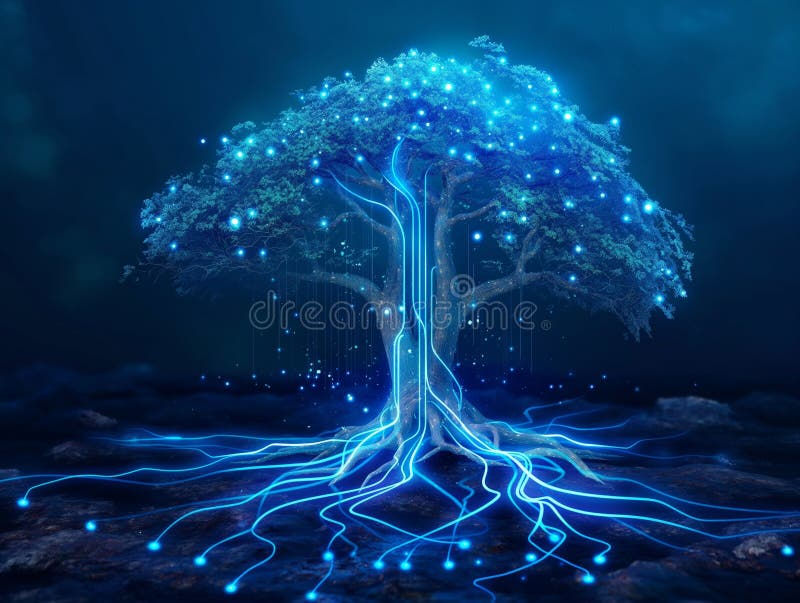The Evolving Landscape of Poetry: A Quiet Revolution Unfolds
- Kellyjo Farner

- Jun 15
- 3 min read
Poetry is experiencing an exciting transformation. While you might think traditional forms like sonnets or haikus still dominate, the reality is quite different. Emerging from the shadows, poetry is going through a subtle but powerful revolution driven by digital technology and diverse voices across various communities. This shift affects how poetry is created, shared, and appreciated.
In this post, we will explore the factors fueling this evolution, the impact of accessible platforms for poets, the many new forms of poetry today, and how this quiet revolution could shape the future of this beloved art form.
The Rise of Digital Platforms
The digital age has provided poets with unprecedented opportunities to share their work. Platforms like Instagram, Tumblr, and poetry-specific websites now allow poets to reach global audiences. For instance, according to a 2023 study, over 60% of poets use online platforms to publish their work, helping them connect with readers far beyond their local communities. This newfound accessibility has empowered marginalized voices and given rise to a more inclusive poetic landscape.
With just a few clicks, poets can share their work with the world. This ease of access has led to an explosion of diverse styles and ideas that challenge conventional boundaries. Poetry is no longer just a solitary act; it has transformed into a communal experience that fosters dialogue and interaction among writers and readers.
Diverse Voices and Forms
As more people gain access to tools for poetic expression, we witness a surge of diverse voices and styles within the literary scene. This revolution showcases poets from various backgrounds, sharing their unique experiences and perspectives. For example, spoken word and performance poetry have gained significant traction, with around 30% of young poets today identifying as performance poets. This marks a shift from traditional formats, allowing poetry to become an experience rather than just words on a page.
The boundaries of poetry are constantly expanding. It's no longer confined to print; it is now intertwined with multimedia elements, such as video, audio, and visual art. These innovations invite fresh interpretations and connections, making poetry resonate with audiences in new ways. This evolution fosters inclusivity and creativity, drawing in both seasoned readers and newcomers alike.
The Role of Community in Poetry
Community is a vital component of the current poetry revolution, serving as a support system for poets to hone their craft. Online workshops, poetry contests, and reading series engage both established and emerging poets alike. The National Poets Circle reported a 25% increase in participation in poetry events over the last two years. This trend highlights the growing interest in poetry as a collaborative art form.
In virtual spaces, poets can seek feedback and encouragement, diving deeper into the emotional and thematic aspects of their work. Additionally, local poetry collectives have emerged, providing poets with spaces to share resources and uplift each other. These collaborations enrich the art form and encourage discussions surrounding identity and societal issues that shape each poet's voice.
Impact of Social Issues on Poetry
Today's sociopolitical climate significantly influences contemporary poetry. Poets are addressing urgent issues such as race, gender equality, environmental challenges, and mental health. By blending personal narratives with social commentary, many poets inject new life into their craft, illustrating the connection between individual and collective experiences.
In recent surveys, 70% of poetry readers were drawn to works reflecting their struggles and aspirations. This intersectionality creates a sense of urgency in poetry, making it a powerful vehicle for advocacy and change. By engaging with sociopolitical issues, poets can foster deeper connections with their audiences, making each poem a shared experience.
The Future of Poetry
Looking ahead, the future of poetry appears bright and diverse. As new technologies arise, the ways we consume and share poetry will continue to evolve. Emerging tools like virtual reality and augmented reality may lead to innovative poetic experiences that blend visual and auditory elements, captivating audiences in ways never before possible.
Moreover, as the landscape continues to expand, emerging poets are likely to rise to prominence. Young, audacious poets will take risks, experiment with forms, and challenge prevailing perceptions about what poetry can be. This ongoing evolution ensures that poetry remains a relevant and dynamic form of expression.
A New Era of Expression
The poetry revolution demonstrates the power of expression and the beauty that emerges through connection and community. With digital platforms broadening access, diverse voices enriching the art form, and pressing social issues becoming focal points, poetry is embarking on an exhilarating new chapter.
As this quiet revolution unfolds, both poets and readers are encouraged to reconsider the purpose and potential of poetry. The evolving landscape is sure to inspire future generations, ensuring that poetry remains a vital and transformative force for years to come.
Ultimately, this modest revolution in poetry reminds us that art reflects society. As our world grows and evolves, so too will our artistic expressions, bringing new life to the words and experiences that define us.




Comments